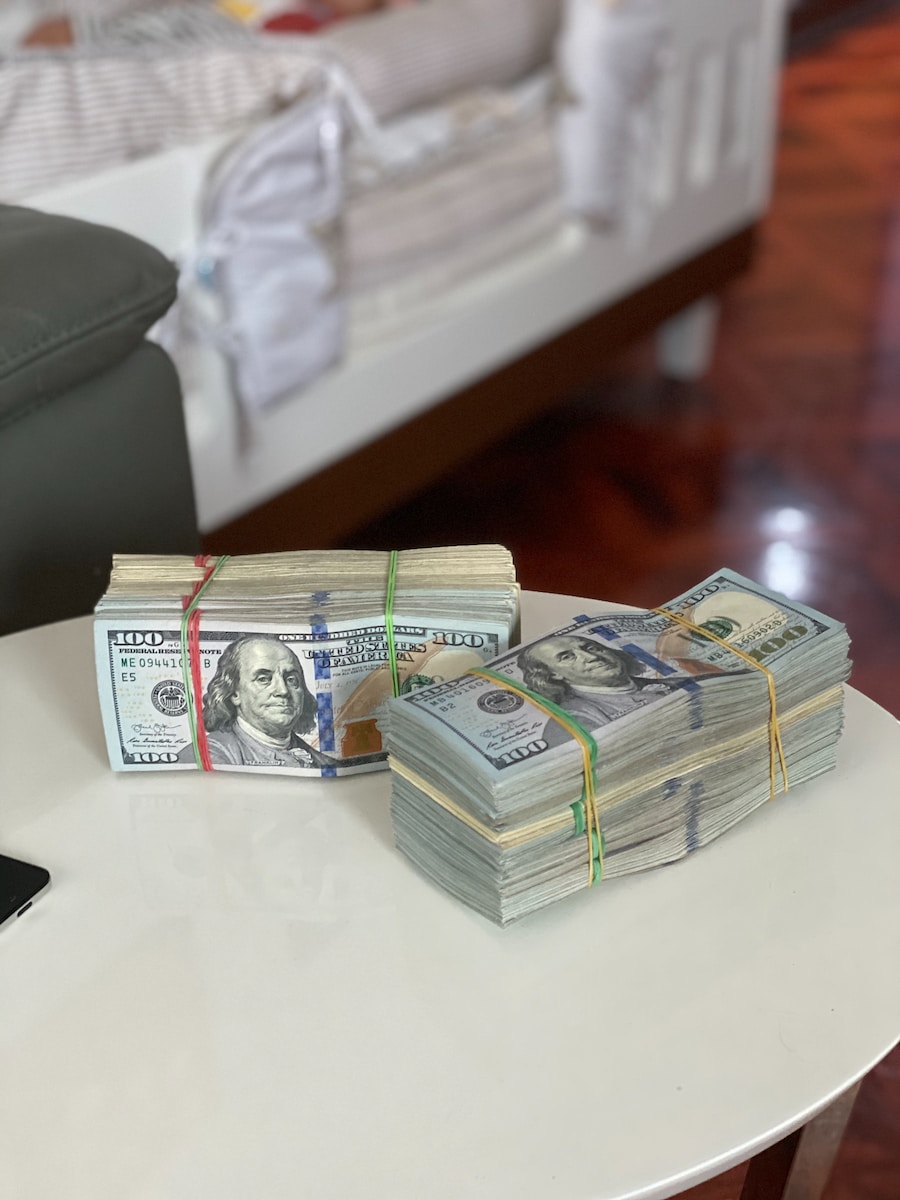I. Introduction
The e-commerce landscape is fiercely competitive, with online sellers constantly seeking ways to maintain an edge. One of the most crucial aspects of online selling is repricing, which allows sellers to adjust their product prices in response to market fluctuations, competitor actions, and inventory changes. Sku Grid, a powerful inventory and price management tool, offers two advanced pricing features to help sellers stay ahead: Safe Pricing and Super Safe Pricing. In this blog, we will delve into these features and how they can benefit your e-commerce business.
II. Safe Repricing
A. Overview of the Safe Repricing feature
Safe Repricing is an intelligent repricing feature that helps sellers maintain a competitive edge while minimizing the risk of significant profit losses. By imposing specific requirements on pricing and inventory, Safe Repricing ensures that products are sold at optimal prices.
B. In-stock requirements
Ensuring items are in stock for at least 24 hours before being sold again
With Safe Repricing, an item must be in stock for at least 24 hours before it can be sold again. This requirement ensures that sellers do not sell products that are out of stock or have limited availability, reducing the risk of overselling and disappointing customers.
Benefits of this approach for both sellers and buyers
This 24-hour rule benefits both sellers and buyers by ensuring that products are available when needed, preventing order cancellations and negative reviews. Sellers can maintain a positive reputation and customer experience while buyers are assured that their orders will be fulfilled.
C. Price protection
Ensuring new prices are not less than 60% of the 3-day average
Safe Repricing protects sellers from drastic price drops by ensuring that new prices are not less than 60% of the average price for the last three days. This rule prevents sellers from accidentally setting prices too low, protecting their profits.
How this protects sellers from significant profit losses
By maintaining a minimum price threshold, sellers can avoid significant profit losses due to accidental or overly aggressive repricing. This safety net allows sellers to stay competitive without sacrificing profitability.
III. Super Safe Repricing
A. Overview of the Super Safe Repricing feature
Super Safe Repricing offers an additional layer of pricing protection for sellers operating in volatile markets or with high-value items. It shares the same in-stock requirements as Safe Repricing but offers enhanced price protection.
B. In-stock requirements
Same 24-hour in-stock rule as Safe Repricing
Super Safe Repricing follows the same 24-hour in-stock rule, ensuring consistency and reliability for sellers.
How this consistency benefits sellers
By maintaining the same in-stock requirements, sellers can easily switch between Safe Repricing and Super Safe Repricing without worrying about inventory inconsistencies.
C. Enhanced price protection
Comparing new prices to the average price of the last 24 hours
Super Safe Repricing compares new prices to the average price of the last 24 hours, rather than the 3-day average used by Safe Repricing. This shorter time frame allows for a more accurate and responsive repricing strategy in volatile markets.
Extra layer of security for sellers in volatile markets
This enhanced price protection ensures that sellers can maintain competitiveness in rapidly changing markets without sacrificing profits. It is particularly beneficial for high-value items or markets with frequent price fluctuations.
IV. Comparing Safe Repricing and Super Safe Repricing
A. Key differences between the two features
While both Safe Repricing and Super Safe Repricing offer valuable pricing protections, the primary difference lies in the price comparison time frame. Safe Repricing compares new prices to a 3-day average, while Super Safe Repricing uses a 24-hour average for a more responsive repricing strategy.
B. Which feature is best for your business?
The choice between Safe Repricing and Super Safe Repricing depends on your business needs and the nature of the markets in which you operate. If you sell products in a stable market with minimal price fluctuations, Safe Repricing may be sufficient. However, if you deal with high-value items or markets with frequent price changes, Super Safe Repricing may offer the additional protection you need.
C. Adapting your repricing strategy based on market conditions and product types
It’s essential to monitor market conditions and adjust your repricing strategy accordingly. You may need to switch between Safe Repricing and Super Safe Repricing or fine-tune your repricing rules to maximize profits and maintain competitiveness.
VI. Conclusion
Sku Grid’s Safe Pricing and Super Safe Pricing features offer invaluable pricing protections for online sellers, allowing them to maintain a competitive edge without sacrificing profits. By understanding the differences between these features and implementing them effectively, sellers can adapt their repricing strategies to a variety of market conditions and product types. Embrace these advanced repricing strategies and explore Sku Grid’s other powerful features for inventory and price management to achieve e-commerce success.


